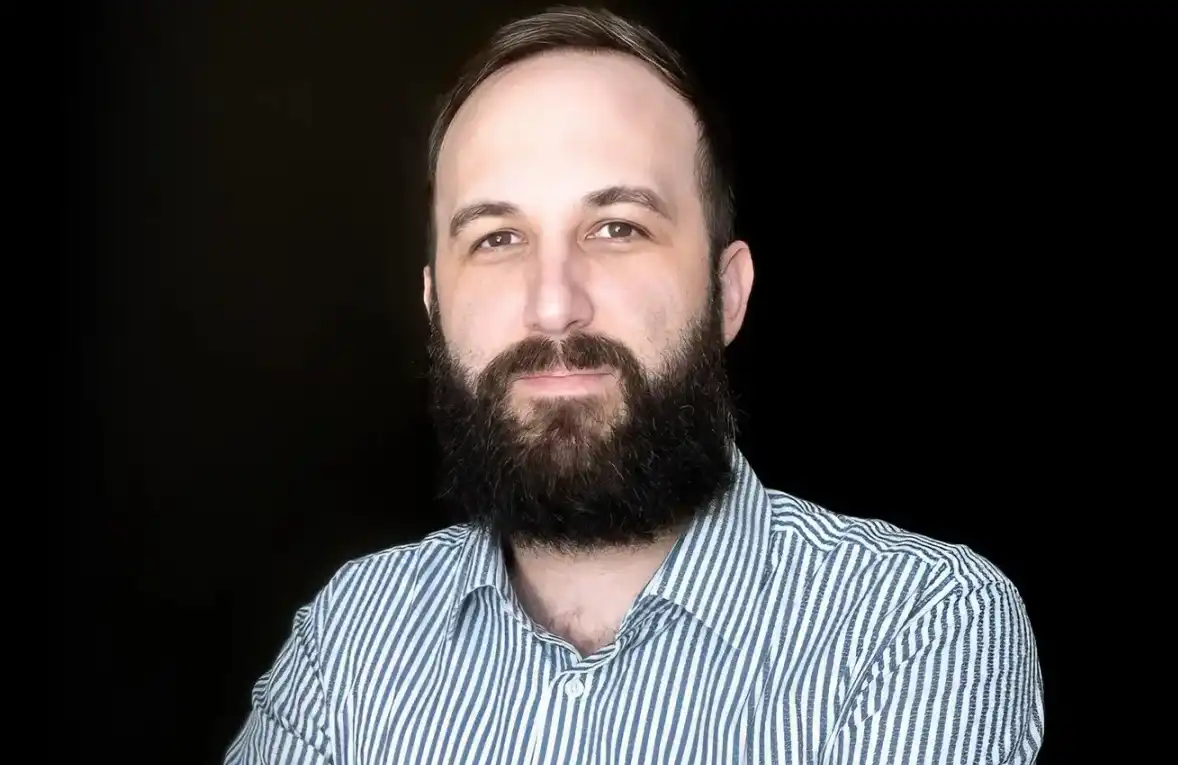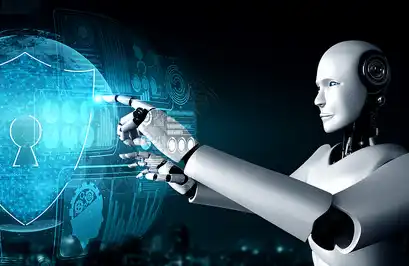ZK to Break the "Impossible Triangle"? Ethereum Aiming for 10,000 TPS
Original Article Title: Ethereum's roadmap to 10,000 TPS using ZK tech: Dummies’ guide
Original Article Author: Andrew Fenton, Cointelegraph
Original Article Translation: imToken
Editor's Note: Ethereum is stepping into a new era of scalability towards 10,000 TPS, with Zero-Knowledge (ZK) technology becoming a key driver. This article is the first part of our curated "Ethereum 10,000 TPS Roadmap," breaking down ZK technology, zkEVM roadmap, and Ethereum L1 scaling plan in a straightforward manner. The next part will delve into ZK implementation challenges, L2 ecosystem evolution, and the future impact on Ethereum's economic structure.
On July 30, 2025, Ethereum celebrated the tenth anniversary of its genesis block, and after a decade of exploration, Ethereum's scalability roadmap is also exploring new directions and visions.
Of course, the recent price surge of ETH has brought confidence back to the community, but what is truly exciting is that after several years of exploring L2 scaling, Ethereum L1 has finally found a credible path to achieve maximum scalability while maintaining decentralization.
In short, starting now, Ethereum's Gas limit and TPS plan will increase several times each year, Validators will no longer redundantly execute every transaction (Editor's Note: i.e., no need to recompute the transaction state change from scratch), but will only validate a Zero-Knowledge Proof (ZK-proof) to prove that this batch of transactions was correctly executed, thereby allowing the base layer network's TPS to increase to tens of thousands of transactions per second.
Simultaneously, L2 will also scale, achieving hundreds of thousands or even millions of TPS, and a new type of L2 called "Native Rollup" will operate like programmable shards, providing the same level of security as L1.
Although these proposals have not yet been formally approved through the Ethereum governance process, they are built on the ideas Vitalik Buterin began exploring in 2017 and have received the advocacy support of Ethereum Foundation's core researcher, Justin Drake.
At the July EthCC conference, Drake stated, "We are at a pivotal juncture in Ethereum's scalability. I firmly believe we are about to enter the GigaGas era of L1—approximately 10,000 TPS—and the key to ushering in this era is zkEVM and real-time proving."
Drake's ultimate goal is to enable the Ethereum ecosystem to achieve 10 million TPS within 10 years. However, this means that no single blockchain can meet this throughput requirement. The future will inevitably be a "network of networks" architecture: different L2s will each handle different scenarios, trade-offs, and advantages, collectively scaling the entire ecosystem to meet global demand.

Why has Ethereum L1 been unable to scale massively?
While other blockchains have long been attempting to use more powerful hardware and computational capabilities to increase throughput, Ethereum has always had a quasi-ideological commitment to decentralization, with some even feeling a "utopian" level of dedication.
From the perspective of ETH maximalists, a "data center chain" like Solana has centralized risk points worth millions of dollars, allowing governments to directly conduct transaction surveillance on these nodes. Even chains with lower hardware requirements like Sui have cost and bandwidth requirements that are somewhat daunting, thus affecting the level of decentralization.
In contrast, Ethereum can even run on a Raspberry Pi, a low-threshold design that allows over 15,000-16,000 public nodes and millions of validators to participate in the network. Therefore, it is nearly impossible to surveil transactions on Ethereum, making the entire network highly resistant to attacks.
Of course, the trade-off is extremely slow speed—current TPS is approximately 18-20 transactions per second, while Solana's TPS is around 1500 transactions per second.

To some extent, blockchain architecture is inherently inefficient, somewhat like a Google Sheet. Every time you modify a cell, all the computers around the world that have a copy must recalculate the entire sheet before updating it to ensure accuracy.
Uma Roy, Co-Founder of ZK tech company Succinct Labs, explains: "Ethereum's design is such that anyone can keep up with the network and re-execute all transactions," which also means that transaction volume cannot be arbitrarily expanded as someone needs to recalculate each transaction.
Because the mainnet's scaling space is limited while maintaining decentralization, Ethereum had to embark on the controversial path of L2 layered scaling in 2020.
ZK: How to Break the Blockchain Trilemma?
Ethereum founder Vitalik Buterin once proposed the concept of the "Blockchain Trilemma" to describe the dilemma faced by public blockchains in balancing security, scalability, and decentralization.
Almost all scalability solutions can only simultaneously satisfy two of these aspects, inevitably sacrificing the third.
Until now.
Zero-Knowledge Proof (ZK-Proof), described by Drake as "moon math," is a technology that can mathematically prove that a large set of complex transactions has been correctly executed without revealing transaction details.
The process of generating a ZK proof is very complex, but verifying whether a proof is correct is both fast and lightweight.
Therefore, Ethereum's future vision is this: instead of having a bunch of low-performance Raspberry Pi nodes recalculating each transaction, validators would only need to check the mathematical result of a tiny ZK proof.
Succinct Labs co-founder Uma Roy further explains, "Rather than having everyone re-execute all transactions, why not simply give them a proof, telling them that these operations have already taken place, so anyone can verify this proof without having to recalculate."
Drake even quipped that in the future, the computational requirements for verifying ZK proofs would be so low that even a $7 Raspberry Pi Pico (with less than one-tenth the performance of a regular Raspberry Pi) could handle it, eliminating the need for large data centers.

zkEVM: The Roadmap to 10,000 TPS
A recent blog post by Ethereum Foundation's Sophia Gold sparked community discussion: within the next year, the L1 mainnet may integrate a Zero-Knowledge Proof-driven Ethereum Virtual Machine (zkEVM).
It is worth noting that much of the practical exploration of ZK technology actually began with L2 networks. For example, Linea, incubated by Consensys under Ethereum co-founder Joe Lubin, is a ZK Rollup public chain that is 100% EVM compatible—any application that can run on Ethereum can seamlessly run on Linea.
Linea even sees itself as an extension of Ethereum, recently announcing that it will burn 20% of ETH transaction fees to support L1 value accrual.
Linea's lead, Declan Fox, explained that ZK technology provides an answer to the blockchain trilemma: "The magic of ZK is that we can significantly raise the Gas limit on L1, and the computational expansion will not make validation more complex."
He added that as the delay and cost of ZK proof generation continue to decrease, we are able to process higher throughput while keeping validation hardware requirements extremely low — even a smartwatch can handle the validation work.
However, the community also does not need to be overly optimistic. Even if zkEVM is successfully integrated into L1 within the next year, it will not achieve 10,000 TPS on the first day.
Constant dripping wears away a stone
Ethereum currently has five major software clients available to run the network, which means that even if one client has issues, the network will not halt like Solana.
In its future upgrade path, Ethereum plans to first release two to three refactored clients that support ZK validation, allowing validators to choose to validate by checking zero-knowledge proofs (ZK-proofs) rather than re-executing every transaction.
Initially, only a few validators will switch to the new validation mode to troubleshoot and fix potential issues early on.
Ladislaus from the Ethereum Foundation's protocol coordination team stated that "the transition to a snarkified EVM will be a gradual process" — where "snarkified" refers to adopting SNARK-based zero-knowledge proofs.
Users will mainly start to feel the increase in L1's Gas limit gradually, which means the network's economic activity capacity is enhanced. While the transition to ZK validation on L1 will take time, the capacity increase of Gas limit is almost at hand.
Last week, the L1 Gas limit was just increased by 22% to 45 million, and researcher Dankrad Feist proposed an EIP suggesting that the Gas limit should be automatically increased three times per year by clients. According to this plan, the Ethereum mainnet will achieve approximately 2000 TPS in four years.
Justin Drake goes even further, suggesting extending this cadence by two years to achieve a throughput of 1 gigagas by 2031, enabling around 10,000 TPS.
Welcome to join the official BlockBeats community:
Telegram Subscription Group: https://t.me/theblockbeats
Telegram Discussion Group: https://t.me/BlockBeats_App
Official Twitter Account: https://twitter.com/BlockBeatsAsia


 Forum
Forum Finance
Finance
 Specials
Specials
 On-chain Eco
On-chain Eco
 Entry
Entry
 Podcasts
Podcasts
 Activities
Activities
 OPRR
OPRR







